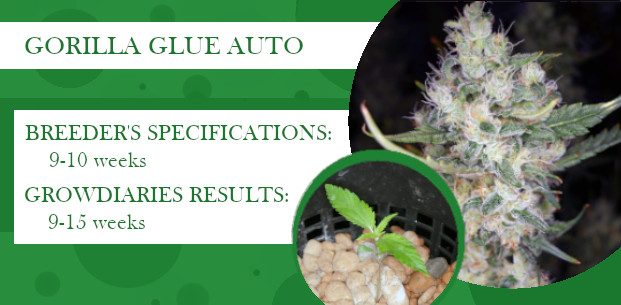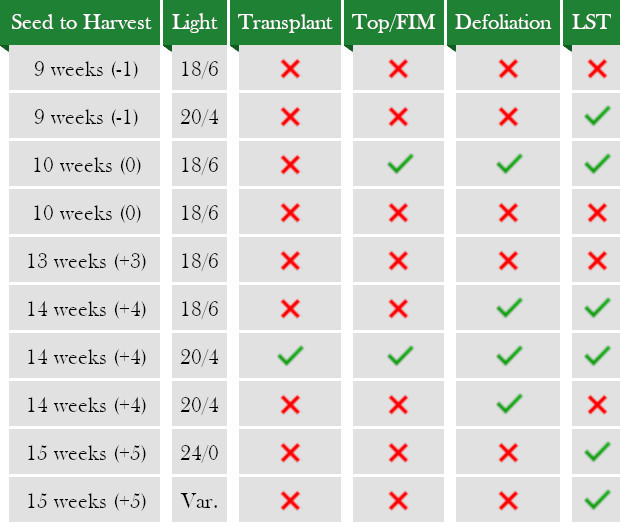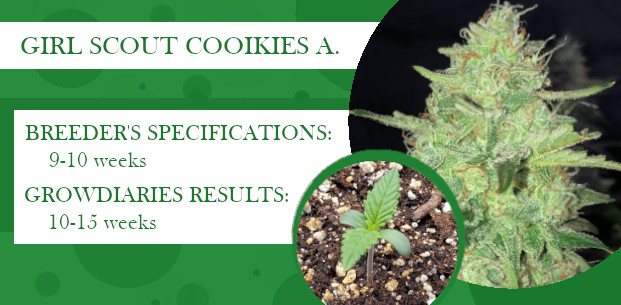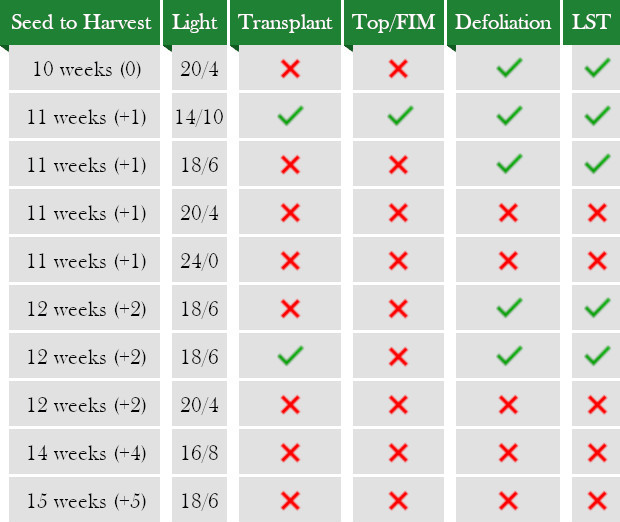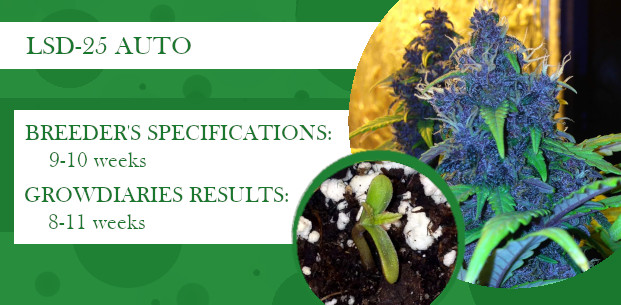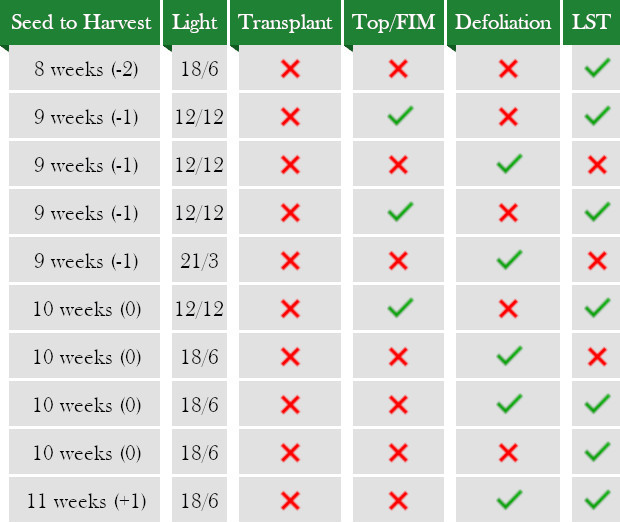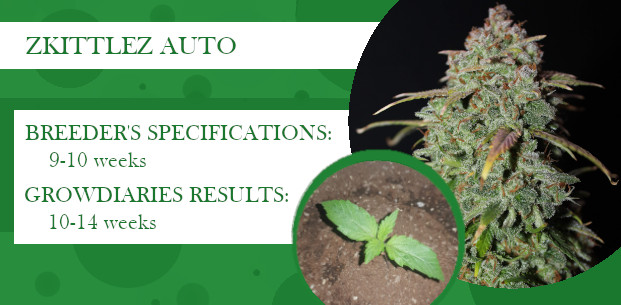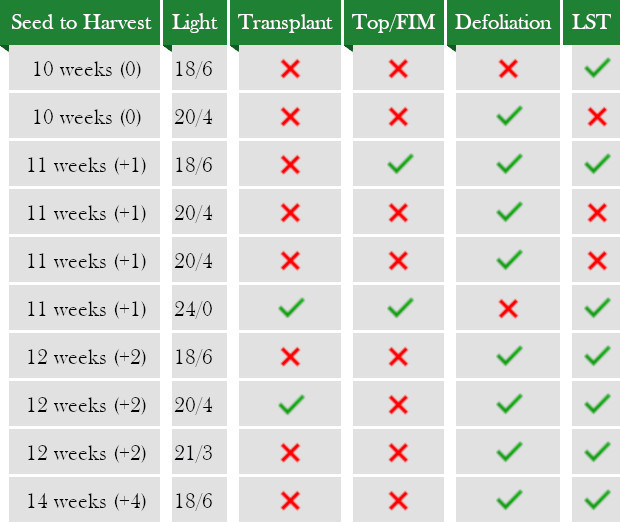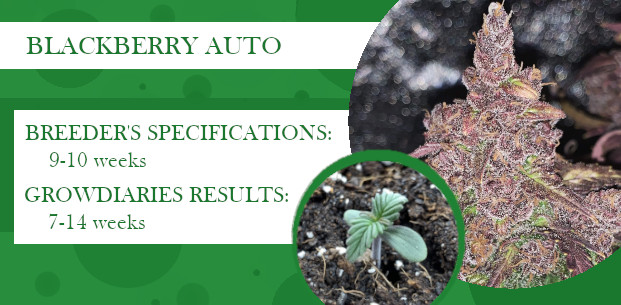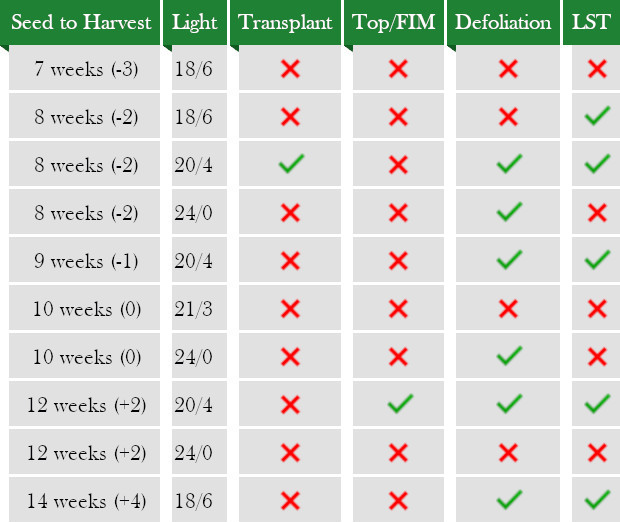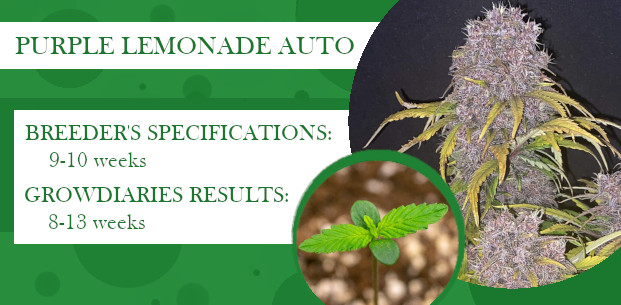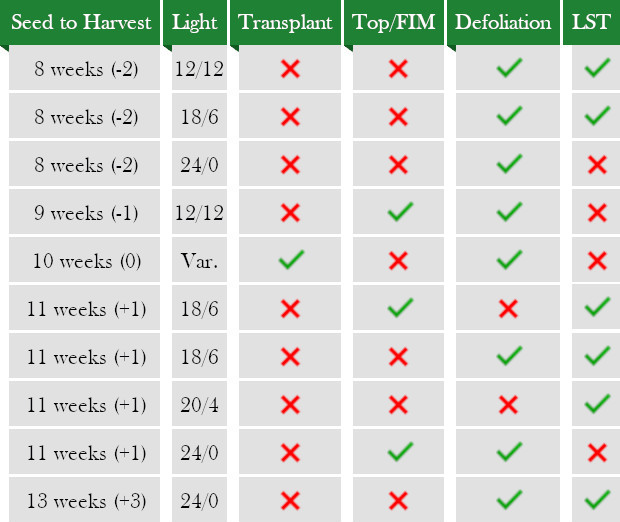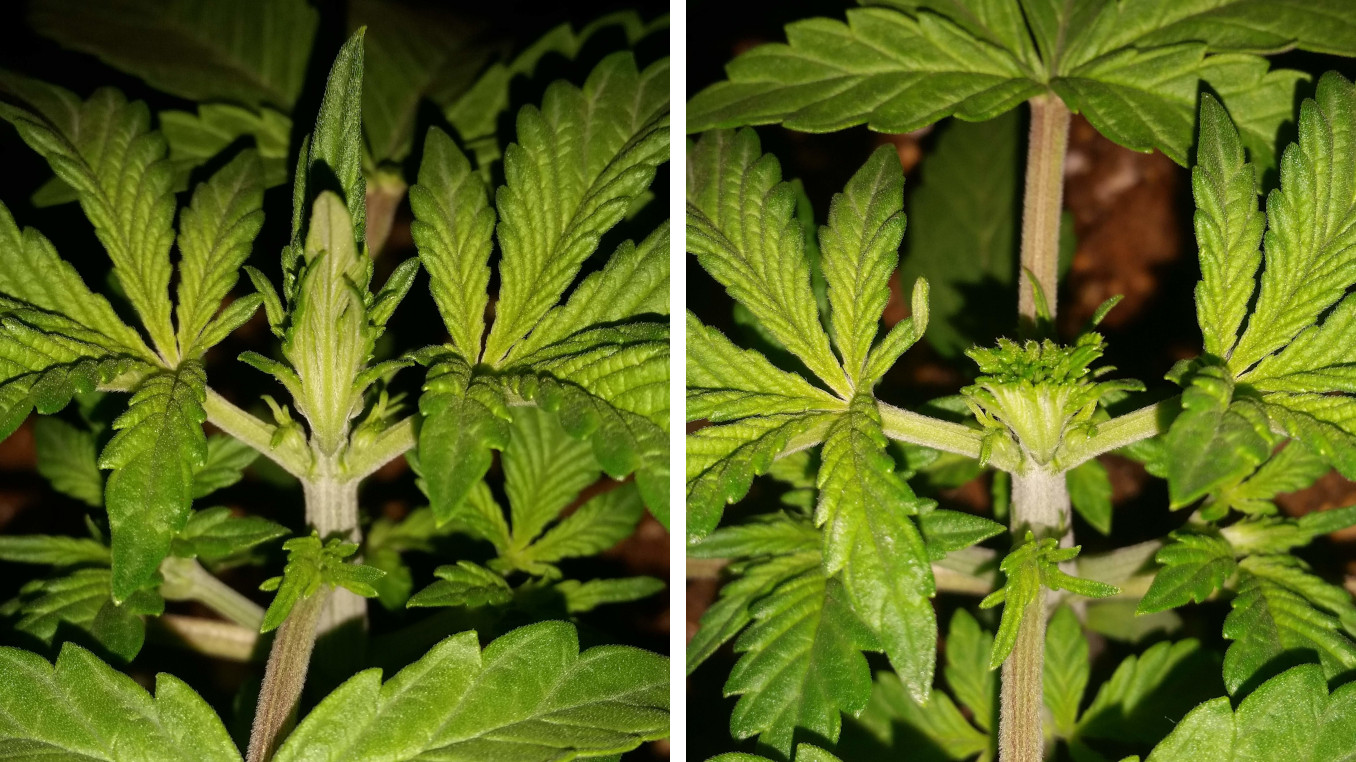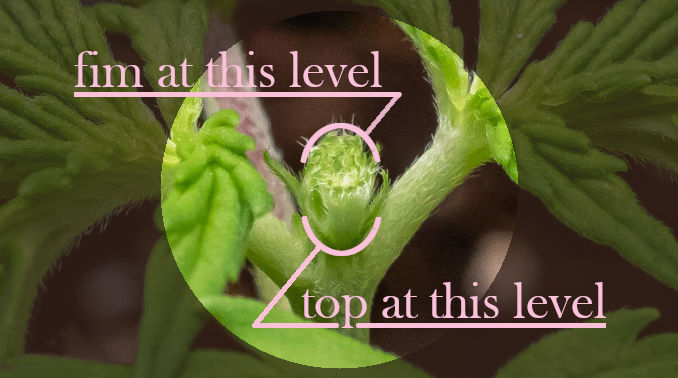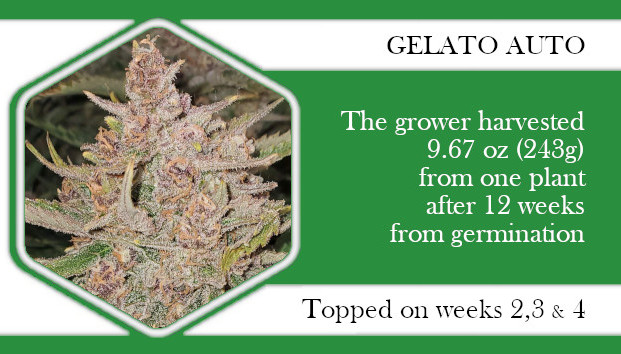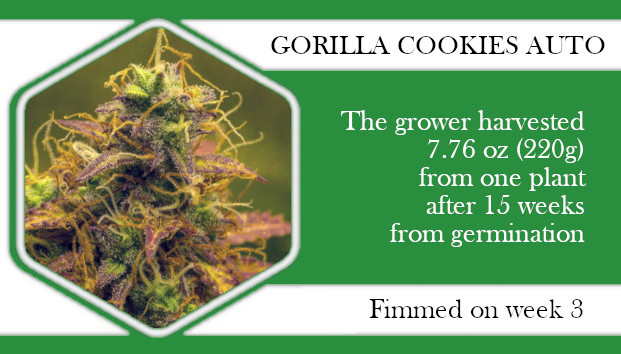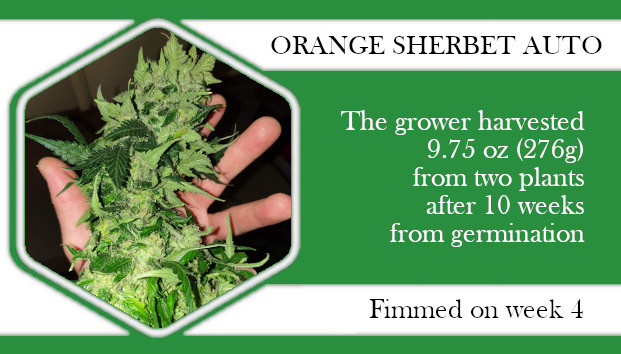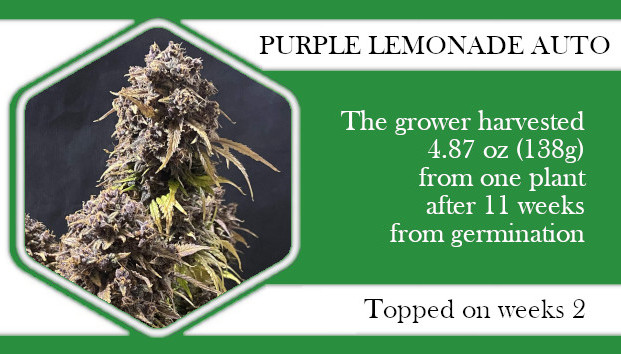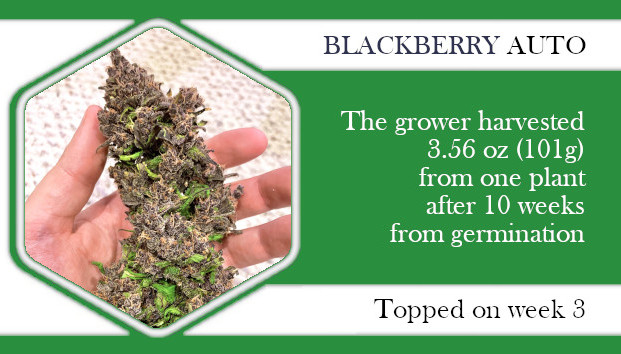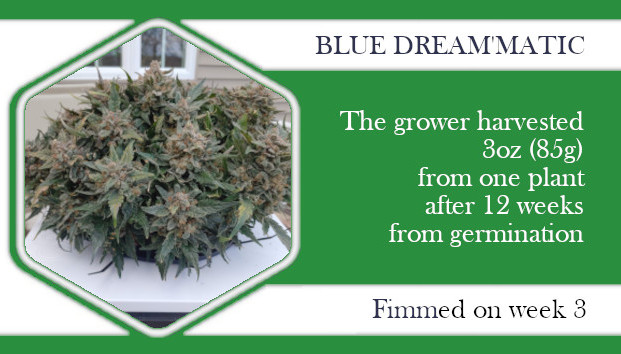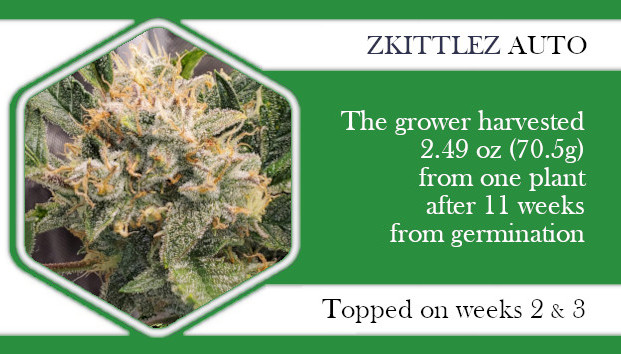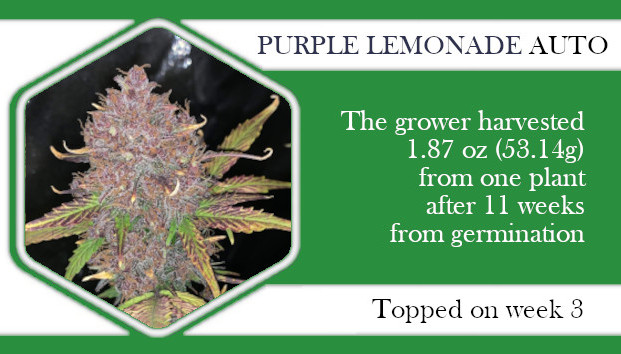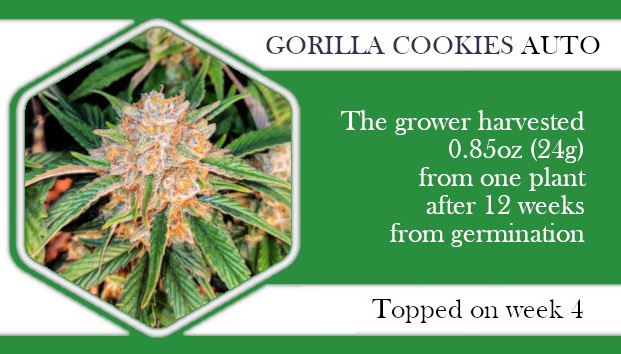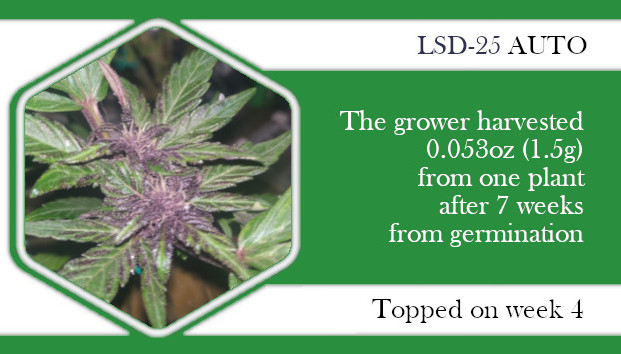The reason autoflowers are so popular is the incredibly short time it takes them to fully mature. But, for many growers, it sounds too good to be true. Hence the suspicious question: how long do autoflowers really take?
The good news is that autoflower time from seed to harvest is more or less what seed breeders promise, that is not very long. You can scroll down right now and look at the infographics where we show how many weeks autoflowers take compared to their specifications.
Or, if you’re new to the game, let’s take a look at what makes an autoflower seed to harvest time so short.
Autoflowers Flower Time Doesn’t Depend on the Light Schedule
Let’s start with traditional cannabis strains. They are short-day plants, aka photoperiodic, or simply photoperiod. If they grow naturally, photoperiod varieties only start to flower at the end of summer or at the beginning of fall—when the days become short enough.
In indoor setups, the flowering begins only if you set your timer to 12 hours of day and 12 hours of night (12/12). And if the days are longer (e.g. 18/6), cannabis just keeps on growing and no flowering happens.
Seed producers have traditionally selectively bred cannabis for the earlier onset of flowering and shorter life cycle, but Nature beat them to it. That is to say, it ‘created’ Cannabis ruderalis, a small-statured feral plant that is adapted to very short Siberian or North European summers. Breeders have learned to add ruderalis DNA to traditional varieties to create autoflowers.
Autoflowers flower time and the whole life cycle are so short because they start to flower automatically in a couple of weeks from sprouts. Outdoors, they can be grown and harvested in any season (provided that the weather is warm enough):
- in spring (when days become longer),
- in summer (when days are the longest),
- in autumn (when days become shorter again).
Moreover, in milder climates, you can even grow autos in winter. Just make sure that the day temperature is at least 15°C (59°F) and there are no night frosts.
And What About Indoors?
Indoors, you can use any light schedule — from 12/12 and all the way to 24/0. Whatever is most convenient to you. It’s because longer light hours usually don’t affect autoflowers flower time.
This wasn’t always the case. Just a few years ago, it was a common complaint on forums that an autoflower keeps growing. Obviously, the expression of ruderalis genes in such a plant was too weak, so it wouldn’t flower at 24/0 or 20/4. Sometimes, even a 18/6 light cycle was too much. People were advised to switch to something like 16/8, 14/10, or even 12/12.
There’s even a term for this type of plants — superautos. Superautos tend to be big and high-yielding, but take forever if you treat them like normal autos. Today’s breeders do their best to create autoflowering varieties that never require any changes in light schedule.
How Long do Autoflowers Take in Different Conditions?
When planning how many weeks for autoflower you’ll need, take into account the following:
- Indoors or outdoors. In our experience, the same autoflowering strain usually takes a week longer when grown outside. This may be due to the less controlled growing conditions (see 2 and 3), or to the fact that outdoor weed is mostly grown in beds and not containers (see 4).
- Ideal vs subpar environment. The flowering in autos is triggered by size/maturity, rather than age. Obviously, plants reach the target size faster if the conditions are right and there’s no stress. And if the growth of an auto is stunted or slowed down for some reason, the start of flowering will be delayed.
- DWC vs soil. In hydroponics and soilless mediums (coco), seedlings tend to develop faster than in soil. This means that they’ll be several days faster to reach maturity and enter the flowering phase.
- Pot size. In smaller containers, autoflowers take less time. The reason is that when root tips reach the walls of a container, it gives plants a signal that there’s no more available space (and resources) and that they better switch to flowering.
Training an Autoflower: How Many Weeks This May Add?
When working on this post, we asked ourselves this question: how many weeks do autoflowers take if you use low-stress/high-stress training methods? So we have screened 60 grows for such techniques as topping/fimming, defoliation, and LST.
Frankly, we didn’t see any pattern here. Please look at the tables below for yourselves. As you can see, we have sorted all grows by the length of the cycle — shorter cycles first. If LST/HST methods really affected the length of the grow, they would cluster at the bottom of each table. This doesn’t seem to be the case.
In a separate post, we looked at how autoflower topping affects the yields. The findings were rather ambiguous, but interesting.
How Long Do Autoflowers Really Take?
For insights, we turned to Growdiaries which is a large enough growing community to contain many answers.
We took 4 most popular autoflower breeders, then 6 most popular strains from each breeder, and finally 10 finished grows from the top of each list. All in all, we’ve scraped the data from 240 grow journals.
So, to answer your question—how long do autoflowers really take—look at the distribution of dots on the infographic. Please note that the baseline (‘0’) is what a particular breeder promises. And you can mouseover on a dot to glean some more info.
Interpreting the Results
As you can see, these 4 breeders specify autoflower time from seed to harvest more or less realistically. Many growers really do cut down their plants within the given timeframe, and for others, their autoflower seed to harvest time is even shorter. Nevertheless, there are many instances where growers had to wait several weeks longer.
Interestingly, the more cutting-edge auto genetics by FastBuds take longer than older strains by this same breeder. Obviously, they’re recently less preoccupied with speed than with size/yield of their creations.
A Still Deeper Look
We’ve gone into more detail with FastBuds and six of their strains. Our goal here was to find an answer to the following question: how many weeks do autoflowers take if you train them or transplant them and how do they react to different light schedules? As mentioned earlier, we found no correlation.
Key Takeaways
Autoflowers are the fastest marijuana variety on the market. Quite often, they finish as fast as a breeder promises, or even faster. And if an auto takes longer, it usually reaches greater size and brings in better yield.
Anyway, regardless of the time it takes them, no modern autoflowers depend on seasons/light schedule, and they always flower automatically.
